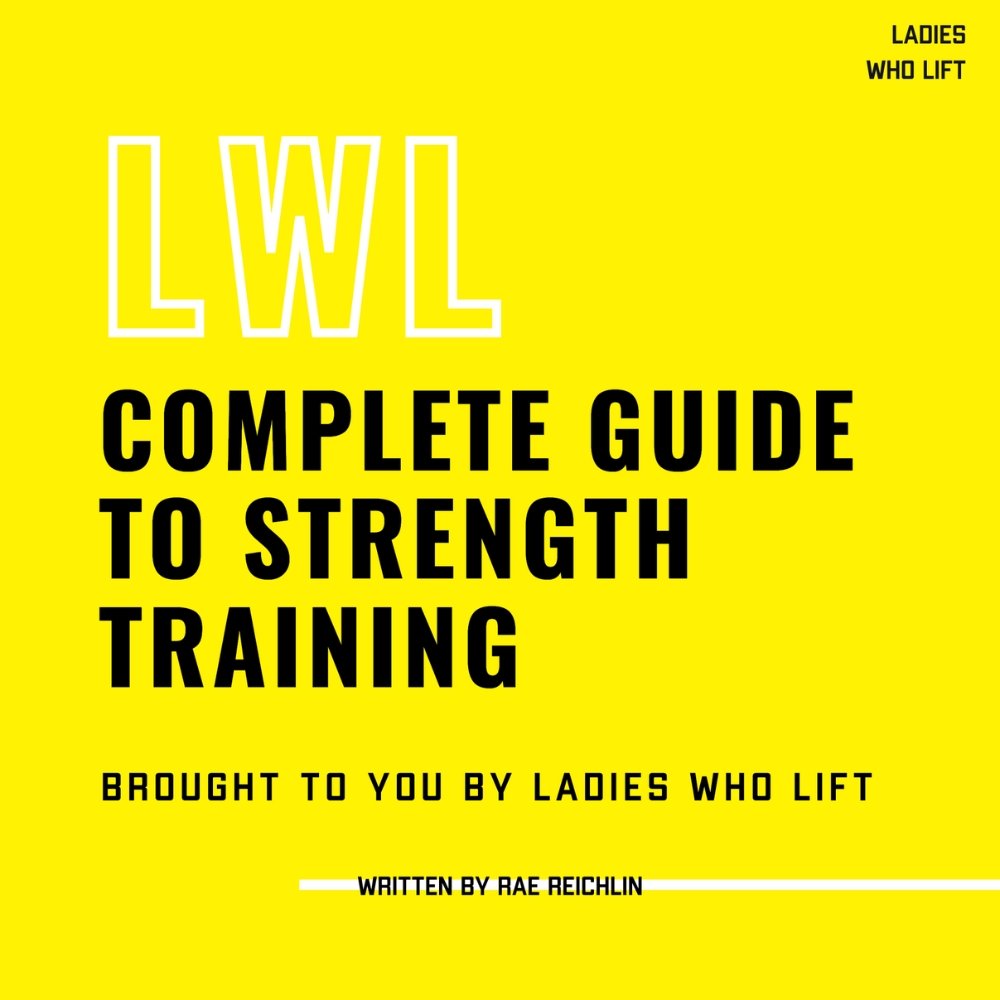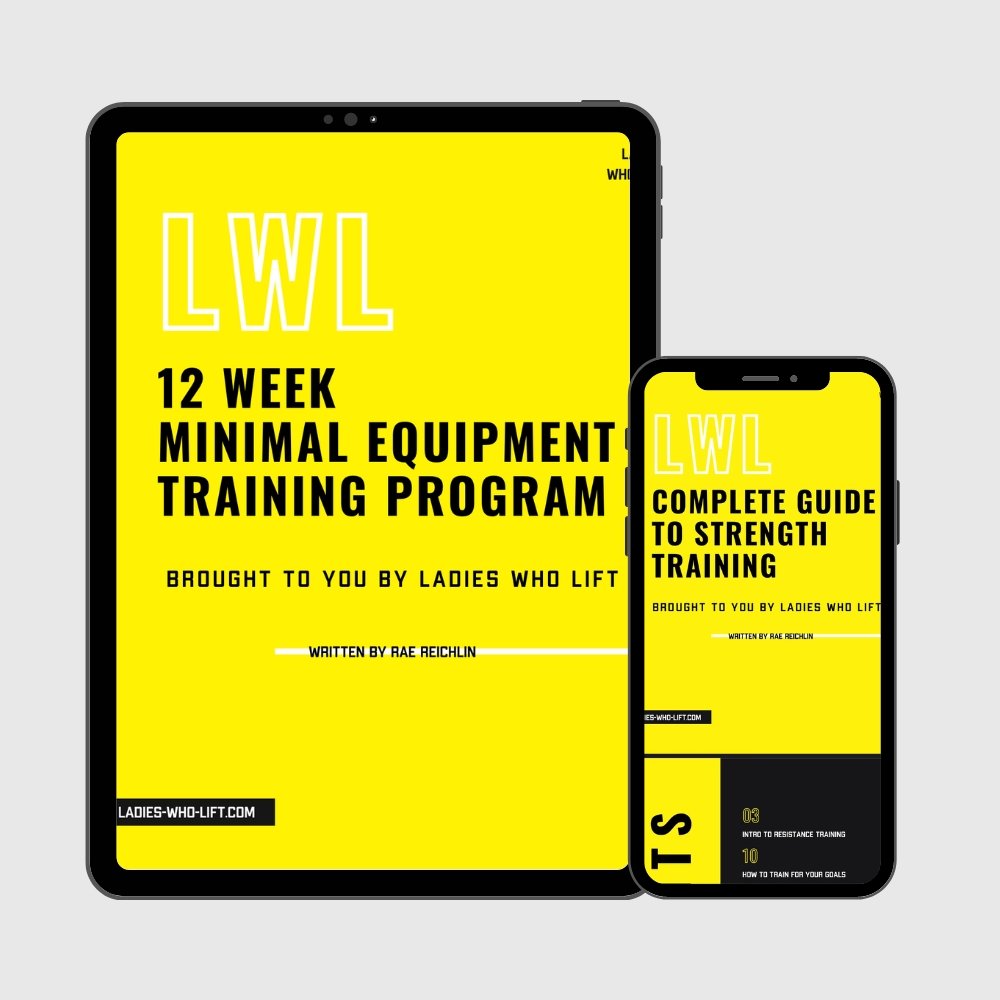Pause Reps
One nice thing about weightlifting is that there are infinite ways to keep your training interesting. You can use different equipment, change up rep ranges, vary intensities, and even switch up tempos.
In this article, we are going to go over one of the most popular and effective movement modifiers known as the pause rep technique. You’ll learn all about its benefits and some of the top exercises it’s used for.
What is a Pause Rep?
Pause reps are when you intentionally stop or “pause” during a portion of a given movement. In most cases, that is in between the eccentric and concentric part of an exercise called an isometric.
Here are a few examples:
When the bar is on your chest during bench press
The bottom of a squat
The top of a lateral raise
In some cases, people will intentionally pause during their “sticking point” which is the range of motion where failure on max attempts most often occurs.
For example, powerlifters will use them right below the knee on a deadlift or right above their chest on bench. You can use them with every exercise, but why do people use them?
Five Pause Rep Benefits
Increases difficulty of a lift without adding more weight
Lifting heavy all year around can be very taxing on your body. After multiple months of strength training, you might find that your joints are a little achy and energy levels a bit low. Using pause reps allows you to keep high intensity on your lifts while taking a break from the big weight. Anecdotally, you will likely lift around 10-15% less weight when using pauses for any given movement.
Can Help Improve Form
Since you have to use less weight and control the movement to the point of a pause, you might find that this improves your form. Instead of relying on momentum or using cheat reps, you are able to slow yourself down, place tension on the intended muscles, and perform smoother reps.
Improves strength/mobility in end ranges of motion
We spend most of our working day sitting in a chair and then wonder why it doesn’t feel great to drop down in a full squat with hundreds of pounds on our backs.
People simply don’t spend enough time at the end ranges of their allowed mobility. We rush through the bottom of squats because it’s uncomfortable, but we really need to build that strength to keep our joints and tendons resilient. Instead of avoiding these ranges, use pause reps to build time under tension and own it.
Obviously, you don’t want to exercise through pain, but incorporating more pause reps into your training can improve your overall mobility and strength.
Increases raw power
People bounce the bar off their chests in bench, they bounce out of the hole in squats, and they bounce their weights off the ground to make deadlifts easier. Instead, keep yourself honest, learn to generate force from a dead stop, and watch your power sky rocket.
They are hard and doing hard things is good
Pause reps are difficult! Pause deadlifts especially suck. However, it is extremely rewarding for pushing through the suck. You’ll be better for it both mentally and physically by completing tough challenges.
Most Common Pause Rep Movements
Paused Squats
How to do pause squats:
Place the barbell on your upper back
Brace your core
Lower yourself while keeping the bar path straight in line with your mid foot
Pause at the bottom of the squat “in the hole”
Explode up back to the starting position
Pause Bench Press
How to do paused bench press:
Lower the bar to your chest with your elbows slightly tucked
Pause the bar on your chest while maintaining tension
Press back towards your face and up to the starting position
Paused Deadlifts
How to do a paused deadlift:
Have the barbell placed over your mid-foot
Create tension in your lats and pull the slack out of the bar
Pull the barbell off the ground 4-6 inches and pause below your knee while maintaining a rigid torso
Extend your hips to finish the rep (don’t go past neutral)
Lower the bar to the ground and return to starting position
How to Incorporate Paused Reps into Your Training
In most programs, your first lift is going to be a heavy compound such as one of the three above. Try to do pause reps as your first movement for 4-6 weeks and increase volume/weight over the course of the block.
Then, you can return to straight sets or try to add prolonged negatives to the movement as an additional modifier.
Pause reps make the most sense for heavy compounds since you do them with fewer reps and typically use higher weight. That’s when it’s crucial to focus on form, intensity, variation, etc. You’re less likely going to need to do pause reps during your lighter accessory movements although you still can. Lunges, leg extensions, calf raises, push-ups, rows, etc. are all perfectly suitable movements for pause rep training.



